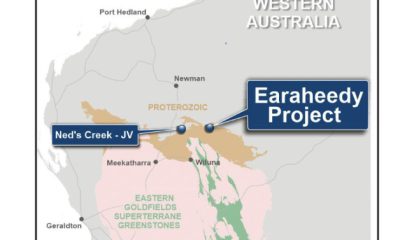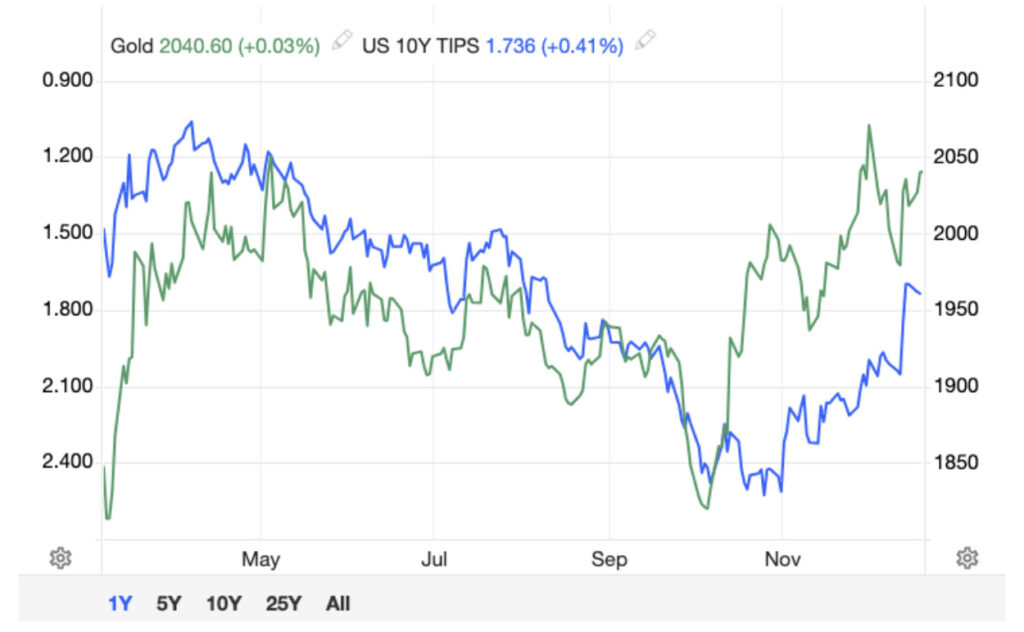Companies
NOA Lithium Brines Might Be Better Named WHOA! Lithium Discoveries
The company’s recent drilling results at the Rio Grande project have been nothing short of groundbreaking…

In the heart of Northwest Argentina, NOA Lithium Brines (TSXV: NOAL) is making waves with its innovative exploration strategy. The company is proving that lithium-rich salt flats, or salars, extend beyond the visible basin and beneath the surrounding alluvial cover.
NOA has acquired extensive claim packages by staking land around salars that adjoin some of the globe’s most valuable lithium properties. The company has initiated drilling at one of its properties, the Rio Grande Salar, where their claims border those of a multi-billion-dollar energy company. Early drilling results have been groundbreaking.
Alluvial Cover: NOA’s Big Bet
Alluvial cover consists of unconsolidated material like gravel, sand, silt, and clay, transported by water and deposited on landforms. This layer often obscures underlying geological formations, making exploration challenging.

NOA seized an opportunity based on the hypothesis that lithium-bearing aquifers extend well beyond a salar’s visible surface and lie beneath alluvial material. Recent drilling results at the Rio Grande project are validating NOA’s hypothesis, and the enthusiasm of founding CEO and current Strategic Advisor, Taj Singh, is palpable.
In a recent interview, Singh elaborated on the game-changing nature of the results:
“I genuinely believe these results are a massive game-changer, not just for our company but also for the area and the lithium brine sector as a whole. It was a significant, risky step for us. We drilled in an area several kilometers away from any previous drilling—an area previously overlooked due to its alluvial cover. The results are very promising for what lies ahead.”
The Rio Grande Project: A Closer Look
The Rio Grande project is just one part of NOA’s portfolio, which also includes large claim packages around the Arizaro and Salinas Grande salars, all located in Salta, Argentina. With approximately 37,000 hectares at Rio Grande, NOA holds a significant position in this prolific lithium brine region. NOA and Pluspetrol Resource Corporation (“Pluspetrol”), a multi-billion dollar private energy company, are the two largest claimholders on the salar. Pluspetrol’s last published resource (2019) at the Rio Grande salar was 2.2 million tonnes of lithium carbonate equivalent at a grade of 374 mg/l lithium. However, the salar had only seen shallow drilling (100 m or less). NOA’s initial geophysics from late 2022 lent support to the existence of productive brines well below 300 m.

“We developed a strategy over the past two or so years to go and build up huge positions around salars that had some data, and were available for a good price, and to start testing these with geophysics and subsequent drilling. And our first target worked.”
NOA controls the majority of the high-potential alluvial areas at the Rio Grande (more than Pluspetrol). In addition, NOA has a strong claim position directly on the surface salar (~ 2,000 ha or 20 square km) – a high-probability potential resource with historical drilling previously carried out in and around the claims.
Recent Drilling Results: Proving Two Theories Right
NOA’s first well, in the alluvials, proved out both the original hypothesis, and a second that buried aquifers (paleosalars) could be discovered as well, possibly with higher grades and thicker widths, with deeper drilling.
The Company hit two thick, high-grade lithium brine aquifers to the north of the surface salar, both brand-new discoveries. The shallow aquifer, starting from ~100 metres from surface, graded a very strong 433 mg/l lithium average (15% higher grades than the average resource grade of Pluspetrol) and the deeper one, starting ~300 below surface returned very high grades, averaging 785 mg/l lithium (110% higher than the average resource grade of Pluspetrol) and top grades of 925 mg/l.
Both aquifers rank in the top quartile in the region for grade and the deeper one ranks in the top decile for grades in the region, based on both producing and developing assets;
“Grades were much higher than we thought we’d get. We hit two aquifers, the first one was from about 100 to 200 meters with average grades around 450 mg/l, which is already considered high grade and then we drilled straight below and we hit a second aquifer so that was a major new discovery and the average grades were just below 800 mg/l – that is a very, very high grade, and it had portions over 900 mg/l, which would basically be considered ultra-high grade.”
“There’s probably 3-4 lithium brine operations in the world that have those kinds of grades.”

NOA’s second well was drilled directly on the salar’s surface so there was a high probability that brine would be encountered, but the key unknowns were the grade and the possibility of an aquifer at depth.
The second well exceeded expectations again. Two aquifers were intercepted: the first aquifer, starting just below surface had significantly higher grades than grades typically reported on the surface salar (grades up to 556 mg/l and an average of 440 mg/l, 18% higher than Pluspetrol’s resource grade); and the deeper aquifer starting a little below 300 m and extending for about 150 m returned average grades of 485 mg/l (30% higher than Pluspetrol’s resource grade).
Conclusion: WHOA!
NOA Lithium Brines is charting a new course in lithium exploration with its focus on drilling under alluvial cover. The early results from the Rio Grande project are a testament to the company’s approach where innovation and risk-taking lead the way. With a clear strategy, a huge land position, ground breaking early results, and visionary leaders at the helm, NOA Lithium Brines is quickly becoming the lithium explorer serious investors need to pay attention to.
Read NOA’s recent news releases here

Dolly Varden consolidates Big Bulk copper-gold porphyry by acquiring southern-portion claims – Richard Mills
2023.12.22
Dolly Varden Silver’s (TSXV:DV, OTCQX:DOLLF) stock price shot up 16 cents for a gain of 20% Thursday, after announcing a consolidation of…
GoldTalks: Going big on ASX-listed gold stocks
Aussie investors are spoiled for choice when it comes to listed goldies, says Kyle Rodda. Here are 3 blue chips … Read More
The post GoldTalks: Going…
Gold Digger: ‘Assured growth’ – central bank buying spree set to drive gold higher in 2024
Central banks will drive the price of gold higher in 2024, believe various analysts Spot gold prices seem stable to … Read More
The post Gold Digger:…















